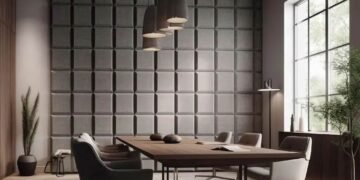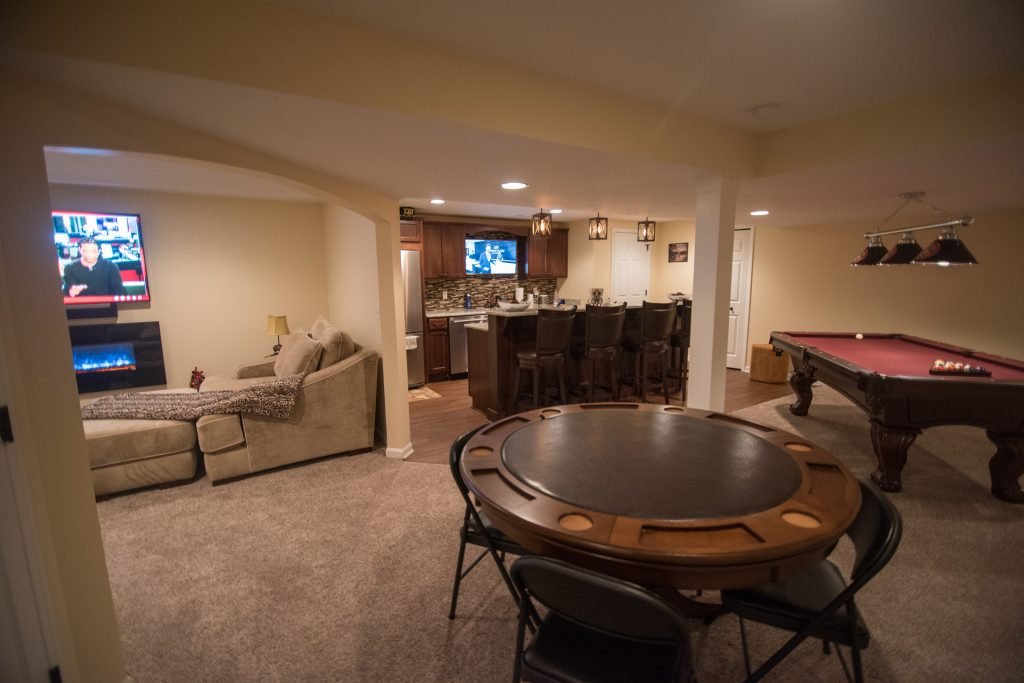Designing a home for the future is not just about building something new. It is about creating something sustainable for the next 50 years. In order to create a home with sustainability in mind, we need to consider how it will impact our environment and what kind of resources we are utilizing to build it.
Many factors go into designing a home for the future, and there are no set rules on what to do or not, but some trends in architecture can help you get started. Let’s have a quick look!
What are the Latest Architectural Trends and Which Ones Will Matter in 2023?
It is hard to predict what will happen in the future, but we can make educated guesses based on trends in the past. In the past, when a building had higher ceilings, open floor plans, and was energy efficient and environmentally friendly, it was considered modern. This trend will likely continue in the future(probably in 2023). And further increase the value of modern buildings.
The most notable architectural trends are:
- Buildings with high ceilings and open floor plans
- Buildings with a mix of old and new architectural styles
- Buildings that are energy efficient and environmentally friendly
- Buildings that have a wide range of amenities for residents
The adage, “one man’s trash is another man’s treasure,” often applies to real estate. In general, older buildings are less desirable. They have lower values than modern ones, but some older properties sell for more than their fair market values due to their historical significance or condition. That is one of the reasons the current architectural design trends for residential locations are still pondering over ancient design formats.
What is the Future of Residential Architecture Design?
The future of residential architecture design is in the hands of architects. The field still needs to be fully explored, and architects have a lot of potential to explore new avenues. We should not think of these avenues in terms of traditional or non-traditional, but rather think of them in terms of design.
Experimentation with new materials and techniques is crucial to shaping the future of residential architecture design. To increase the value of residential architecture design, we need to focus on quality, not quantity. We must create innovative new designs that align with our values and what we consider essential.
How do Latest Trends in Architecture affect your future home designs?
In the future, we will live in a world where architecture provides people with a sense of belonging. This means homes will be designed to extend a sense of familiarity and comfort. The best way to achieve this is by using natural materials like wood, stone, and metal.
The trend in architecture is moving towards designing homes that are not only sustainable but also environmentally friendly. This means homes should be designed in a way to provide people an opportunity to interact with nature while living in it.
For example, people might decide to install windows that capture the outside air in a home. This trend will become more and more apparent as the years progress and architects continue to appeal to people’s desire for connection with nature.
Conclusion
As we can see, the future of residential architecture design is bright and exciting. The industry is constantly evolving to meet the needs of a changing world. The next significant advancement in home design is augmented and virtual reality. Designers could potentially use many exciting and complex architectural designs in residential architecture design. These include glass façades, wrapped roofs, and some creative structures with different materials. Do you think future architects will use these technologies to innovate their designs? What do you say?
Also Check: Reasons to Choose a Modular Home for Your Beach House Project














